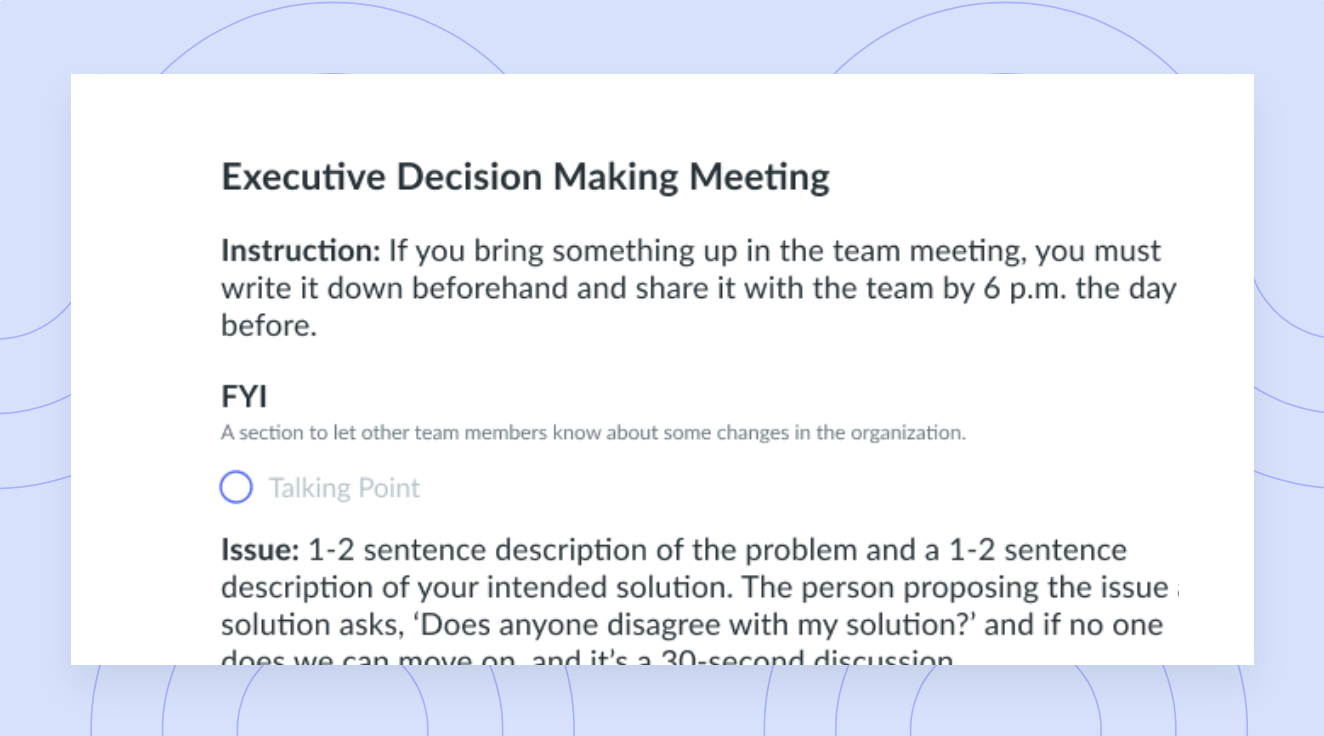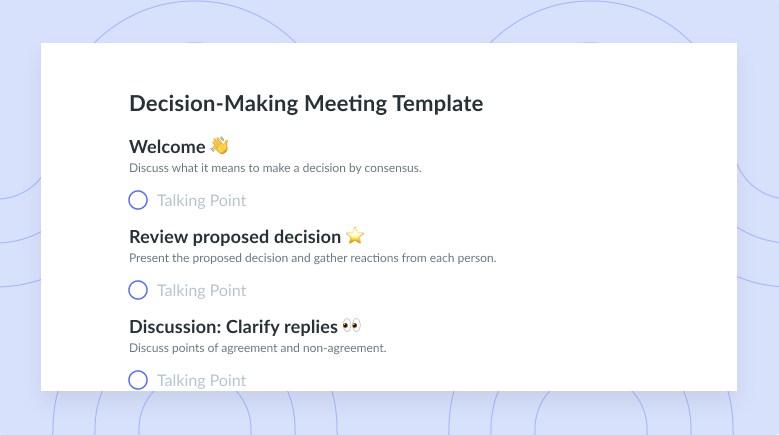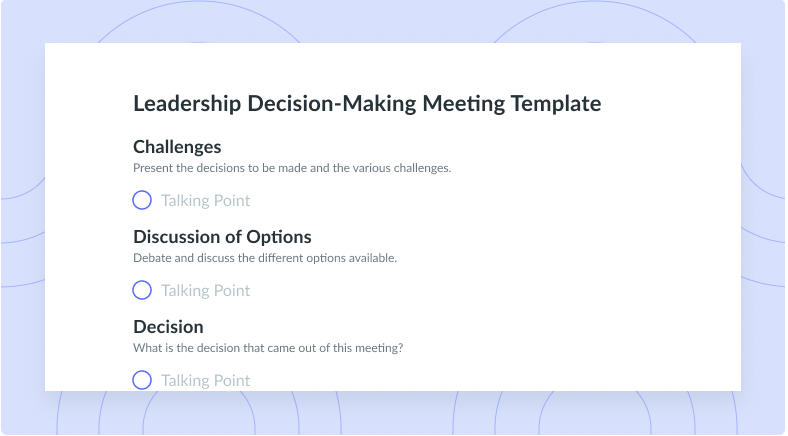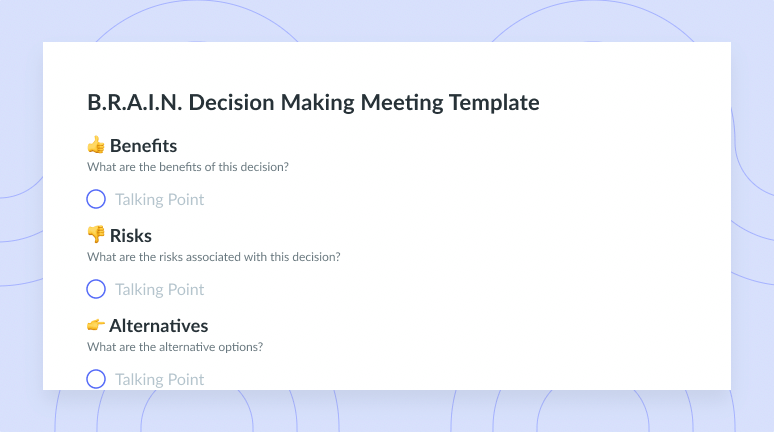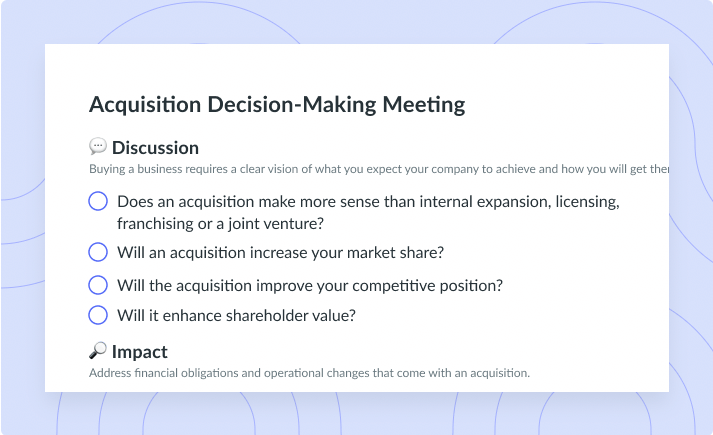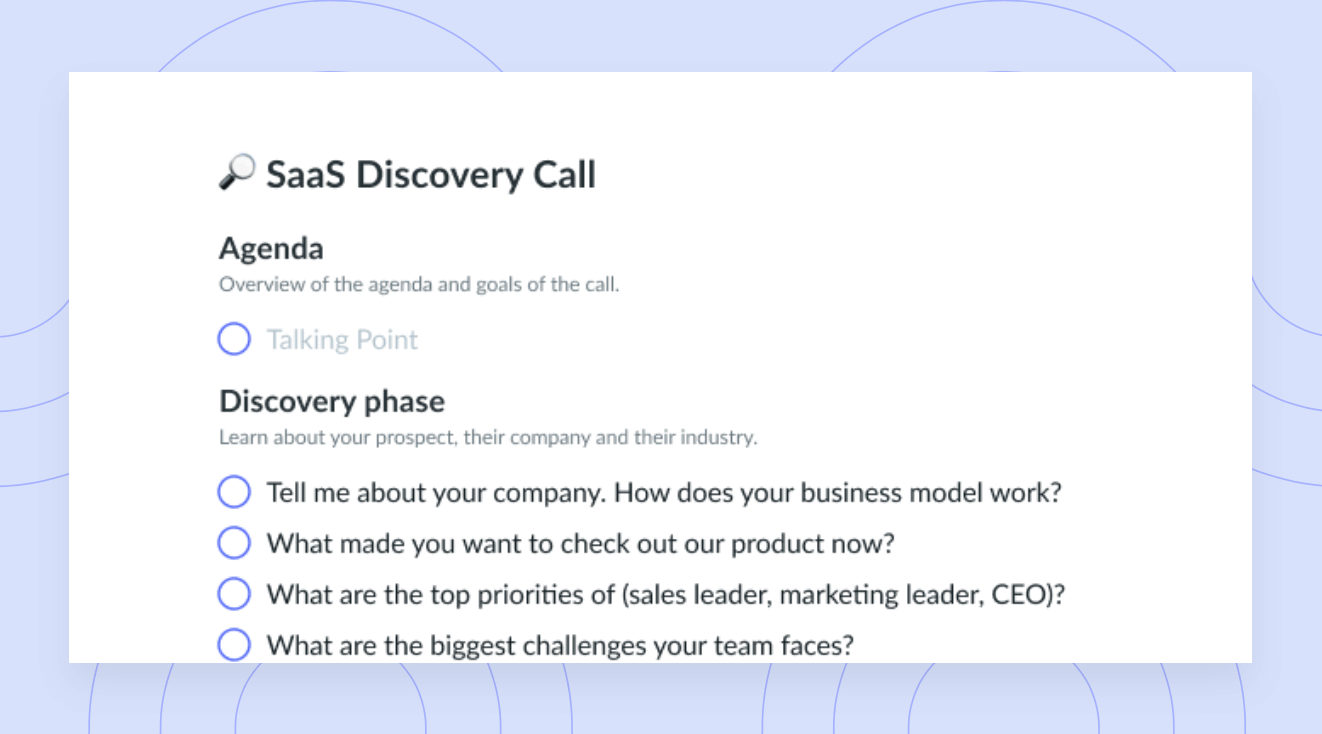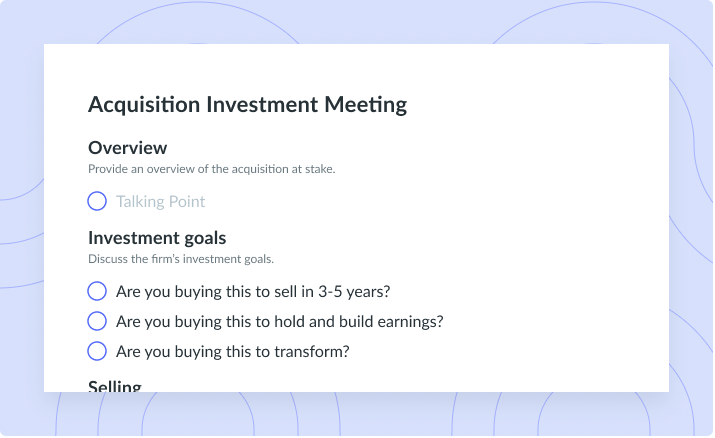Deciding How to Decide: 5 Decision-Making Models for Leaders
Finding it tough to make a decision? You’ve come to the right place. Check out these 5 decision-making models that will help shape the outcome of any situation.
Making decisions isn’t always straightforward and oftentimes, we really feel the pressure when it’s time to make a call. Important decisions need to be thought through methodologically so that you can consider the pros and cons of the implementation and outcome. When it comes to decision-making processes, there’s no one size fits all and it’s important that you consider what is going to work best for you and your team, in order to find a solution to the problem. In a recent article by the Harvard Business Review, they articulate the importance of how a manager implements a decision:
“The job of a manager is, above all, to make decisions. At any moment in any day, most executives are engaged in some aspect of decision making: exchanging information, reviewing data, coming up with ideas, evaluating alternatives, implementing directives, following up. But while managers at all levels must play the role of decision maker, the way a successful manager approaches the decision-making process changes as he or she moves up in the organization.”
Because the way in which managers approach decision-making is so important, Fellow has put together a comprehensive review of 5 decision-making models, which can guide you to making optimal decisions in the workplace. Keep scrolling to learn about how decision-making models can guide more intuitive decisions.
- What are decision-making models?
- Five types of decision-making models
- Decision-making biases
- Closing thoughts
What are decision-making models?
What if we told you that there are specific tools that you can use to make more effective decisions? These tools are decision-making models. The models suggest different approaches to decision-making, depending on the context and the nature of the decision that needs to be made. Familiarizing yourself with different decision-making models is going to equip you with more options to draw from when you need to make a choice.
Let’s take a look at the decision-making models, including what kinds of situations are best-suited for them. We’re also going to highlight some biases that you should be aware of as you prepare yourself to make important decisions.
5 Types of decision-making models
1 The Rational Model
What is it?
The rational decision-making model suggests that you follow a sequence of steps in order to find a solution to the problem. It’s quite simple: start by defining the problem and then identify the criteria that you’ll use to brainstorm possible solutions. Next you should decide how important each criterion is and create a list of possible alternatives. Take some time to evaluate those alternatives and then determine the best solution.
Pros
This is a great model to use when you want to manage risk and minimize uncertainty. Walking through the issue at hand in a procedural way is going to highlight exactly where your attention needs to be: at the source of the problem. You can incorporate this model in a team setting or go solo with it.
Cons
On the other hand, this might not be the model to go with if you’re tight on time. It’s also not going to be the best decision-making model when you are missing key information and still working to fully understand the metrics of the issue. This model is better suited for more complex issues. Often, you won’t need to go through this many steps to actually identify a solution.
2 The Intuitive Model
What is it?
You know how you always hear, “go with your gut”? This might sound crazy, but often our intuition inherently knows which decision is going to be best for us. You’re still following a decision-making model, even when you make a decision intuitively. Our brains need to take steps in order to come to any kind of decision so trust that your instinct is more than just a fleeting thought. We use our knowledge and prior experiences in order to come to a decision.
Pros:
Use the intuitive decision making model when you’re working in an area that you’re familiar and comfortable with. When you don’t have enough experience to notice patterns yet, consider another model, or jump and take a leap of faith.
Cons:
If you haven’t come across a situation like this before, it may be valuable to take another approach. You can collaborate with colleagues who may have stronger insights but it might not be the right approach to situations you haven’t crossed before. Consider the weight of the outcome of this decision before you come to any intuitive conclusions.
3 The Recognition Primed Model
What is it?
This decision-making model is similar to the intuitive decisions model, except for it’s a little more structured. It goes something like this: See if you can recognize any kinds of patterns in the information that’s available to you. Pick a way that you think you could take action on this and run it through your head, methodolising how the situation could best be mitigated. If the scenario plays out well and makes sense to you, go for it. If it seems like there’s still some gaps in coming to a solution, make modifications or drop it before you try playing through your next course of action.
Pros
The recognition model, like the intuitive model, is best utilized when you are applying knowledge from past experience and expertise in a similar area. This is an especially useful decision-making model to use when you’re working under strict time limits and need to come to a decision quickly.
Cons
This model can be tough to engage if you struggle with creativity or have trouble imagining scenarios in quite a detailed context. If you are going to try using this model, consider writing ideas down as you go so that you can keep track and map things out visually, instead of keeping it all upstairs.
4 Vroom-Yetton Decision-Making Model
What is it?
The Vroom-Yetton model supports the vision that the best solution to a problem is contingent on your specific situation. This decision-making model poses seven yes-or-no questions- things such as, “Do I have sufficient information to make a high-quality decision?” Your answers to these 7 questions then bring you to choose one of five decision-making processes. The outcome of this model is choosing on a continuum from making a completely independent, autonomous decision, to engaging with your team to reach a collective group decision.
Pros:
What’s great about this model is that it’s flexible and accessible for employees at any kind of management level. This model works better than others that you’re not as familiar with because it’s process is a little more rigorous and methodological (organizational psychologists did create it, after all). Because this model really pushes you to think through the details, you’ll feel confident in calling the shots.
Cons:
Precision isn’t this decision-making model’s forte and this model works better in small to medium sized groups. Unfortunately, there are simply too many people to consider in the decision-making process in a large team of employees.
5 Bounded rationality model
What is it?
The bounded rationality model is all about doing as best as you can, with the time that you have available. It’s not about dissecting every possible solution and creating an elaborate plan, but trying to find something that’s feasible enough to implement pronto.
Pros:
This is a great model to implement when time is not on your side and you need to make a decision ASAP. It may not be a perfect decision, but the decision isn’t delayed and you can take action immediately.
Cons:
There are times when it’s great to put together a solution as quickly as possible, and there are other times when it’s better to think things out properly. Make sure that you evaluate the situation and don’t just opt for the bounded rationality model because it’s quick and easy. It may have negative repercussions if it’s not applied to the appropriate situation.
Decision-making biases
Biases tend to arise when we’re making decisions because it’s genuine human nature. We’ve got to re-teach ourselves to remain as objective and as considerate as possible as we make decisions that will affect others on the team. In another insightful article by the Harvard Business Review, they communicate how to manage these workplace decision biases:
“…most organizations can manage biases if, when a strategic decision is being considered, managers choose their decision-making approach in a systematic, transparent, public manner during which their judgments can be evaluated by peers.”
A lot of us don’t think that we’re succumbing to biases because they’re often unconscious biases, that we’re not aware of. The same HBR article goes on to suggest:
“Even in situations that seem unambiguous, it often pays to use tools to check for potential biases.”
To read more about unconscious biases and how to mitigate them, click here.
Closing thoughts
It’s not often easy to make decisions and so it’s important to equip yourself with the tools available to you, to make the process a little lighter. The decisions that we make as leaders shape our organizations and set us up for our successes. This is consistent with another article from the Harvard Business Review who share:
“ … it is possible for executives—and companies—to significantly improve their chances of success by making one straightforward (albeit not simple) change: expanding their tool kit of decision support tools and understanding which tools work best for which decisions.”
We hope that this article has been helpful in outlining different decision-making models that you can impose to mitigate issues and come to solutions with more ease. As always, it’s a pleasure seeing you on the Fellow blog and we look forward to seeing you again next time!





![Choice Overload: 6 Ways to Deal with It [+ Free Templates]](https://fellow.app/wp-content/uploads/2022/07/Choice-Overload-2.jpg)

![Fist-to-Five Voting: How to Foster Efficient Decision-Making [+ Free Template]](https://fellow.app/wp-content/uploads/2022/05/Fist-to-five-voting-2.jpg)

